A characteristic symptom caused by this condition is a ring-shaped rash with less affected skin in the middle. It is a common type of skin infection that spreads through physical contact.
You can get ringworm on your neck, cheeks, hands, scalp, groin, thighs, and other body areas. It goes under numerous names, depending on which body part is affected. For instance, an athlete's foot is a ringworm that appears between the toes, while a jock's itch is a groin rash. Please continue reading to learn more about types of ringworms, how to treat them, and possible complications.
Doctors use different names for ringworm depending on which body area the rash affects. The possible outcomes of ringworm include:
Jock's itch![]() is the most common type of ringworm in men and young boys. Your doctor may refer to it as tinea cruris. The affected areas include buttocks, groin, and upper thighs. The first sign is an itchy rash that can be red, gray, or brown.
is the most common type of ringworm in men and young boys. Your doctor may refer to it as tinea cruris. The affected areas include buttocks, groin, and upper thighs. The first sign is an itchy rash that can be red, gray, or brown.
Jock's itch rash usually intensifies after physical activity and may not improve after applying anti-itch creams.
Also known as tinea pedis, athlete's foot is a ringworm infection that affects the space between toes. In addition to the rash, its symptoms include burning skin and itchiness. It is more common in people who walk barefoot in public places. For instance, the infection may occur in swimming pools, locker rooms, or gym shower rooms.
The first symptom is dry, scaly skin between the toes. The infection may then spread to the heel and sole, causing itchiness, burning sensation, foul odor, peeling skin, and stinging.
A fungal infection that affects nails is known as tinea unguium. The most frequent cause of this ringworm type is mold, which can develop in footwear. This is because footwear may sometimes provide a moist, warm environment where fungus can thrive.
Toenails are more likely to be affected by tinea unguium than fingernails. Characteristic symptoms include thick and discolored nails that may crack and produce an unpleasant odor.
Ringworms that affect the skin of the hand are called tinea manuum. This type of infection is often a result of an ongoing ringworm infection, particularly a foot ringworm and groin ringworm. Touching the affected area may cause the infection to spread to your hands.
You can recognize hand ringworm by cracks on the palm, redness, itchiness, dry skin, and ring-shaped rash on the back of the hand. The infected area usually starts as a small patch on the back of the hand but grows in size over time. Other, less common symptoms also include peeling skin and flakiness.
Tinea barbae![]() , or barber's itch, is a ringworm that affects the upper neck, upper lip, chin, and cheeks. Two fungi may cause tinea barbae: T. verrucosum (fungi from cattle) and T. mentagrophytes var. equinum (fungi from horses).
, or barber's itch, is a ringworm that affects the upper neck, upper lip, chin, and cheeks. Two fungi may cause tinea barbae: T. verrucosum (fungi from cattle) and T. mentagrophytes var. equinum (fungi from horses).
You can get infected with a barber's itch after touching the affected skin of an infected person and then touching your face. Sharing razors, brushes, and other hygiene items that belong to infected people are other risk factors that may cause tinea barnae to spread.
Common symptoms of barber's itch include a ring-shaped rash underneath the beard, redness, scaly lesions, and itchiness. Some people infected with ringworm of the beard also experience swollen lymph nodes, fatigue, and mild pain in the affected areas.
Tinea corporis, or ringworm of the body, is a common, highly contagious fungal infection that develops on various body parts, including the neck, torso, legs, and arms. Like other ringworm infections, its characteristic symptom is a ring-shaped rash, usually accompanied by redness, itchiness, and scaly skin that may crack.
Ringworms of the body may develop due to several risk factors. The most common include sharing clothes, excessive sweating, tight clothes, and contact sports.
Doctors refer to a fungal infection of the scalp as tinea capitis. This type of ringworm develops if your scalp gets infected with fungi called dermatophytes. It is more common among children than adults and causes such symptoms as swollen lymph nodes, brittle hair, falling hair in the affected area, itchiness, scaly bald patches, pain, and mild fever. In rare cases, tinea capitis may lead to scares and permanent bald spots that develop due to kerions – pus-filled sores that may ooze. Kerions may appear if a body overreacts to inflammation, which are uncommon in tinea capitis.
You can easily recognize the ringworm of the scalp by its first symptom – an isolated scaling in the scalp. With time, the infection gradually causes more bald patches to appear.
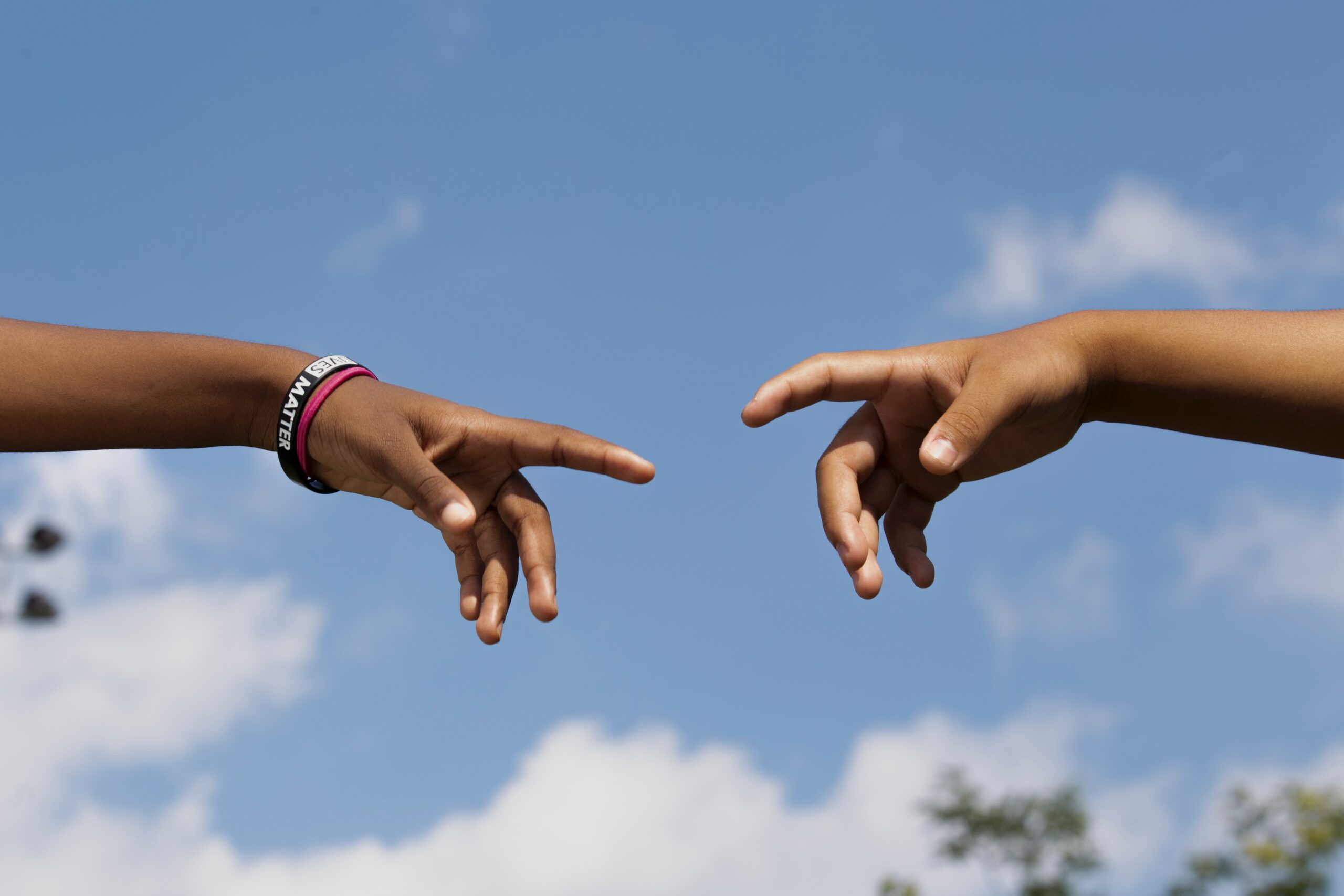
In the previous paragraph, you learned that fungi can infect humans in several ways. Most people get infected by simply touching other people, sharing clothes, hygiene items, or bedding, or by touching surfaces or objects in public spaces. However, you can also develop ringworms because of fungi that come from animals or soil![]() . Let's sum up all of the possible scenarios:
. Let's sum up all of the possible scenarios:
Risk factors that make you more likely to develop fungal infection include the following:
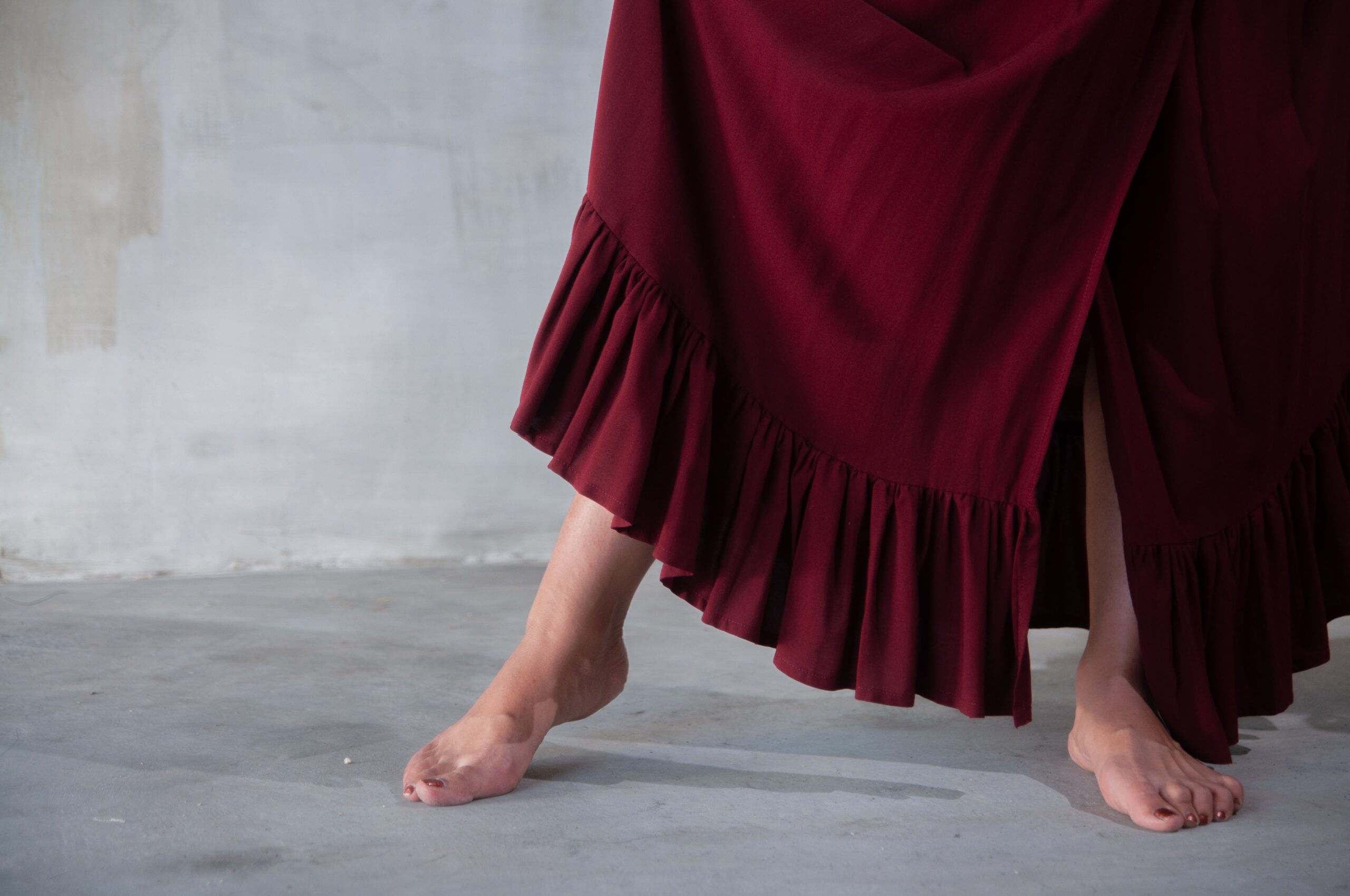
Fungal infections are rarely severe enough to cause additional health issues. For that, they need to spread below the skin surface, which is uncommon in people without immune system problems. If you are in a risk group (have AIDS, diabetes, low immunity, or obesity), you may develop a more serious case of ringworm infection. In that scenario, the following complications may occur if the infection is left untreated or managed poorly:
To avoid ringworm complications, contact your healthcare provider as soon as you notice early signs of the infection.
Diagnosing ringworm infection usually doesn't require any tests. Symptoms caused by fungal infection are characteristic and easy to spot, which is enough for doctors to confirm one of the ringworm types, depending on the affected area.
To shed any doubt, your healthcare provider may use a blacklight or take a sample of your skin. Blacklight causes some types of fungus to glow, which is an effective and quick method to confirm ringworm. A skin sample, on the other hand, can be examined under the microscope to determine if it contains fungi.
Your healthcare provider will decide what treatment you need depending on the type of ringworm (which body area is affected) and the severity of the infection. In many cases, prescription medications are not required. Treating ringworm infection with over-the-counter medications, including antifungal lotions, creams, and powders, is usually enough.
Combining medications with adequate management of the affected body area is also essential. Make sure to do the following during treatment:
Contact your healthcare provider if self-care strategies and non-prescription medications do not improve your symptoms. Some forms of severe ringworm may need prescription medications to overcome the infection.
Ringworm is a very common and usually not severe skin infection, encouraging many people to seek treatment independently. Many home remedies have been tried against ringworm, but some have proved more effective. The most promising natural ways of treating ringworm include the following:
There is some evidence that home remedies for ringworm may work against specific types of fungi. However, they shouldn't be your primary treatment method, as they are not effective in every scenario.
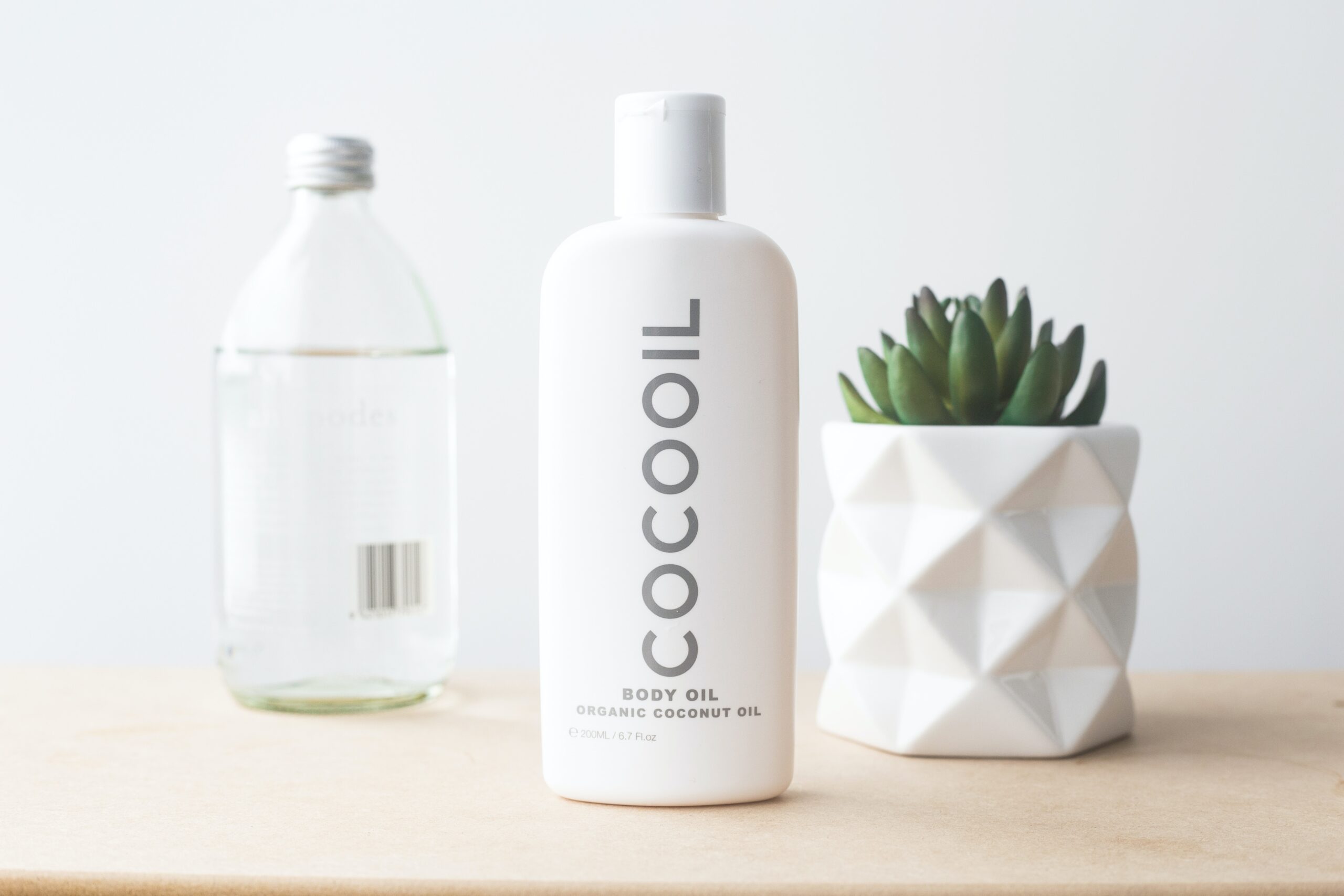
To avoid ringworm and its potential complications, follow these practical tips:
By adopting these guidelines, you can significantly reduce the risk of ringworm. However, preventing fungal infections entirely may not be possible, especially in fungi-prone, warm, and humid climates.
Ringworm is a common fungal infection that affects the skin and various body areas despite its misleading name. It manifests as a ring-shaped rash with redness and itchiness, often caused by different fungi depending on the affected body part. Types of ringworm include jock's itch, athlete's foot, ringworm of the hand, beard, body, and scalp. These infections can result from close contact with infected individuals, animals, soil, or contaminated objects.
Several risk factors make individuals more susceptible to ringworm, including weak immune systems, warm climates, tight clothing, excessive sweating, contact sports, obesity, and close contact with infected individuals or animals. Complications are rare, including scarring, hair loss, nail deformities, and secondary infections.
Treatment often involves over-the-counter antifungal medications, along with good self-care practices. While natural remedies like aloe vera, coconut oil, and tea tree oil may help, they shouldn't replace standard treatment.
In addition to treatment, it is also essential to maintain good personal hygiene, avoid shared personal hygiene items, and be cautious around visibly infected individuals to prevent the infection from happening.
Table of Contents
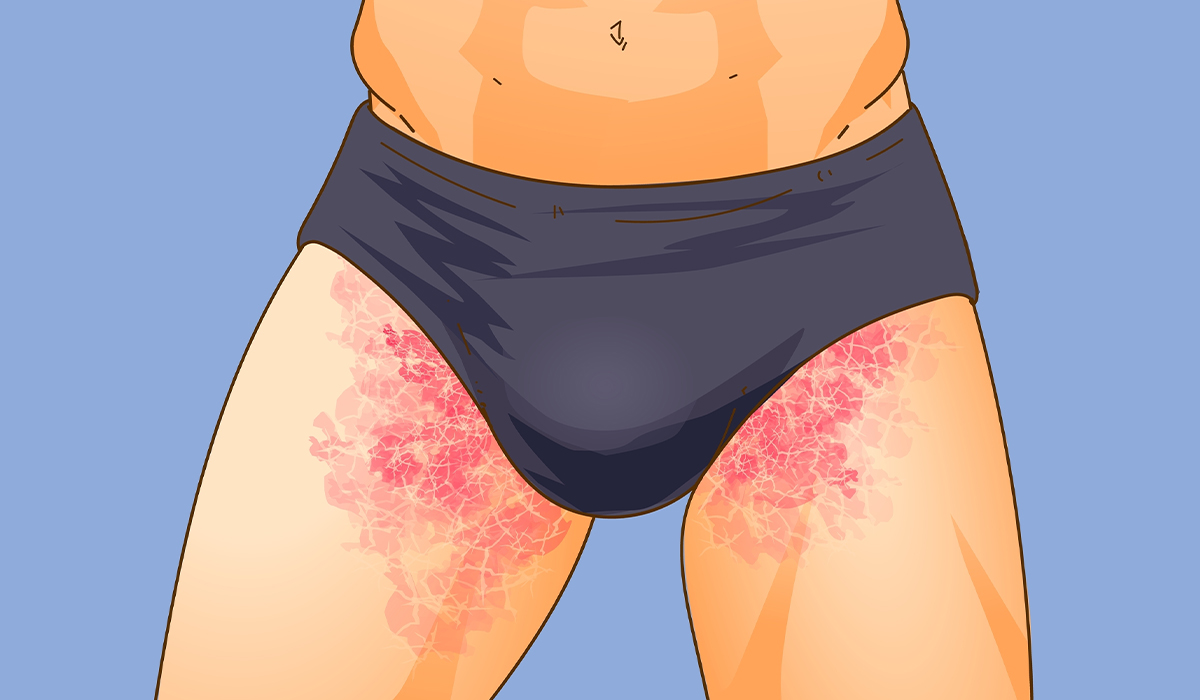
Jock itch, also tagged as tinea cruris in medical terms, emerges when a fungus attacks the skin around spots such… read more »
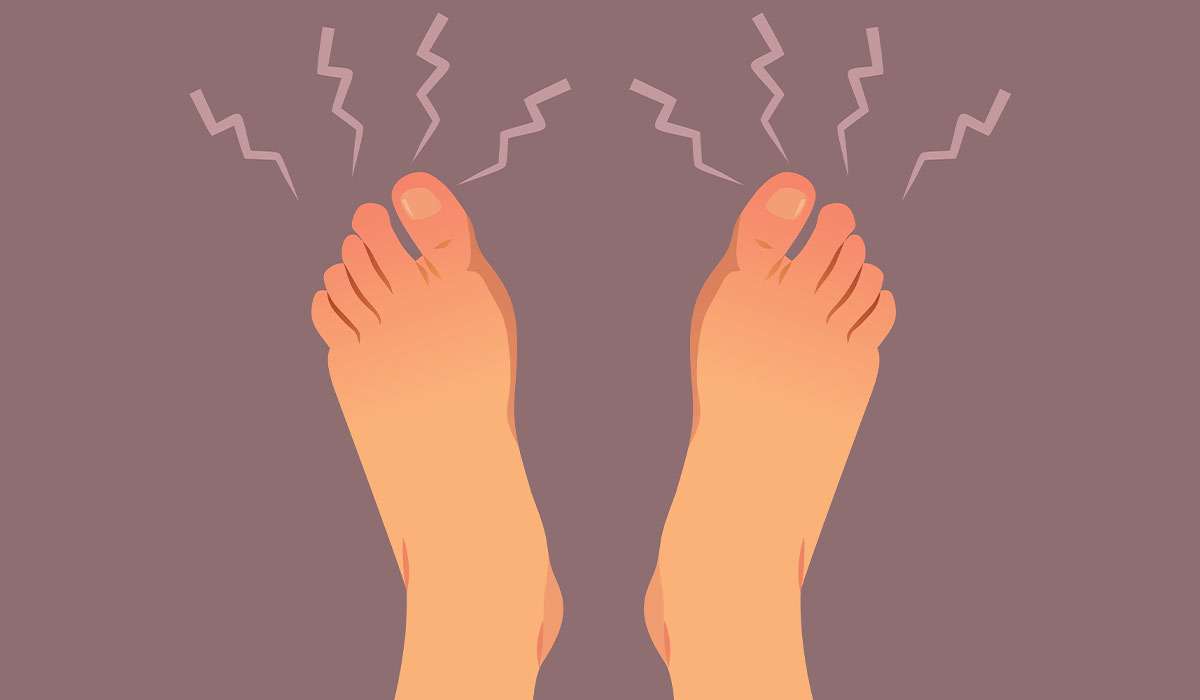
An athlete's foot, or tinea pedis, is an infection of fungal origin that affects the feet. It is usually mild… read more »
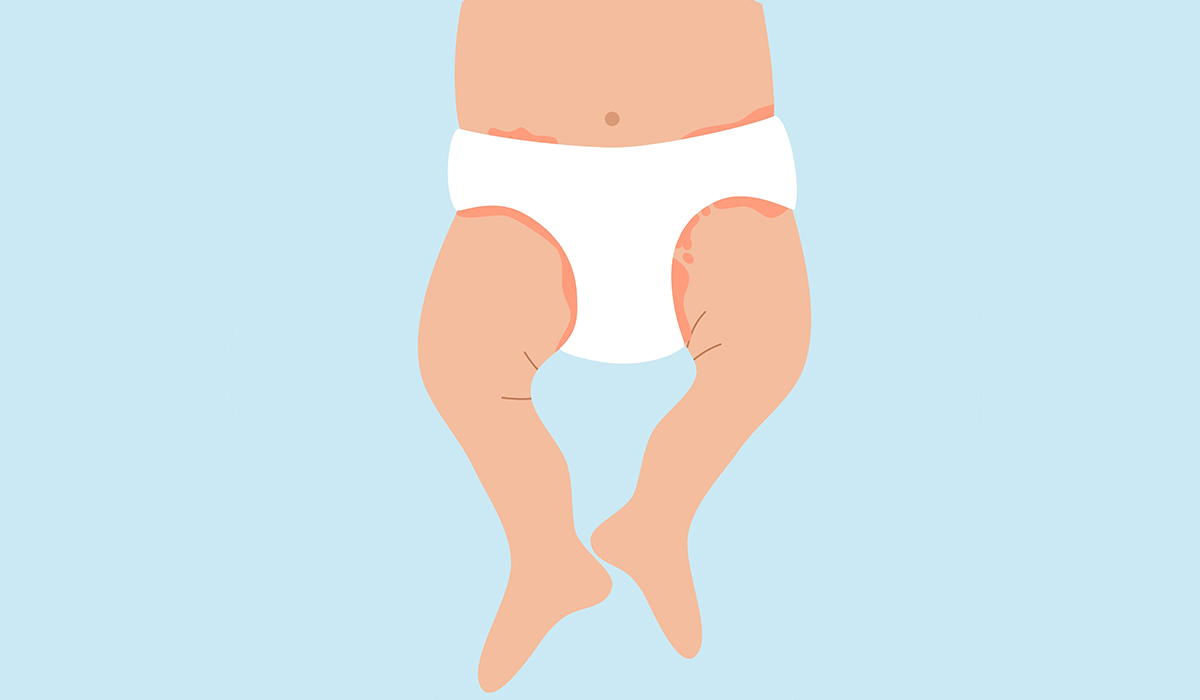
Diaper rash is when little kids and babies sometimes get a rash from wearing nappies if their skin is wet… read more »
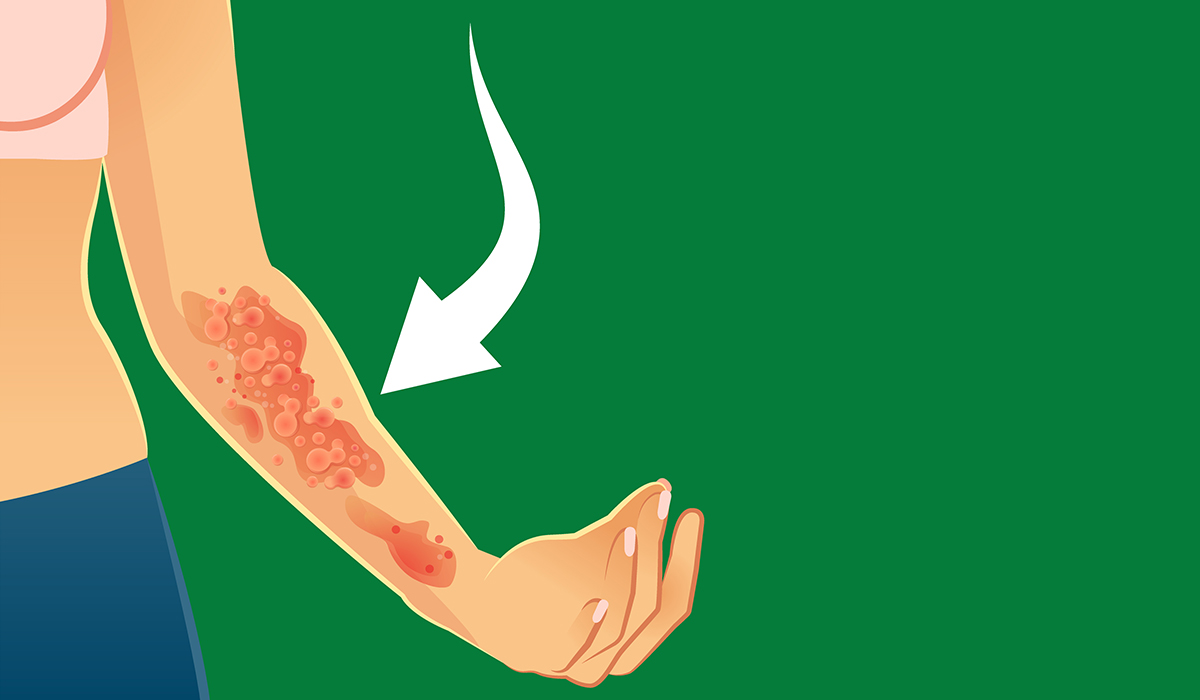
Poison ivy rash is a common type of skin rash caused by poison ivy, a plant native to North America… read more »
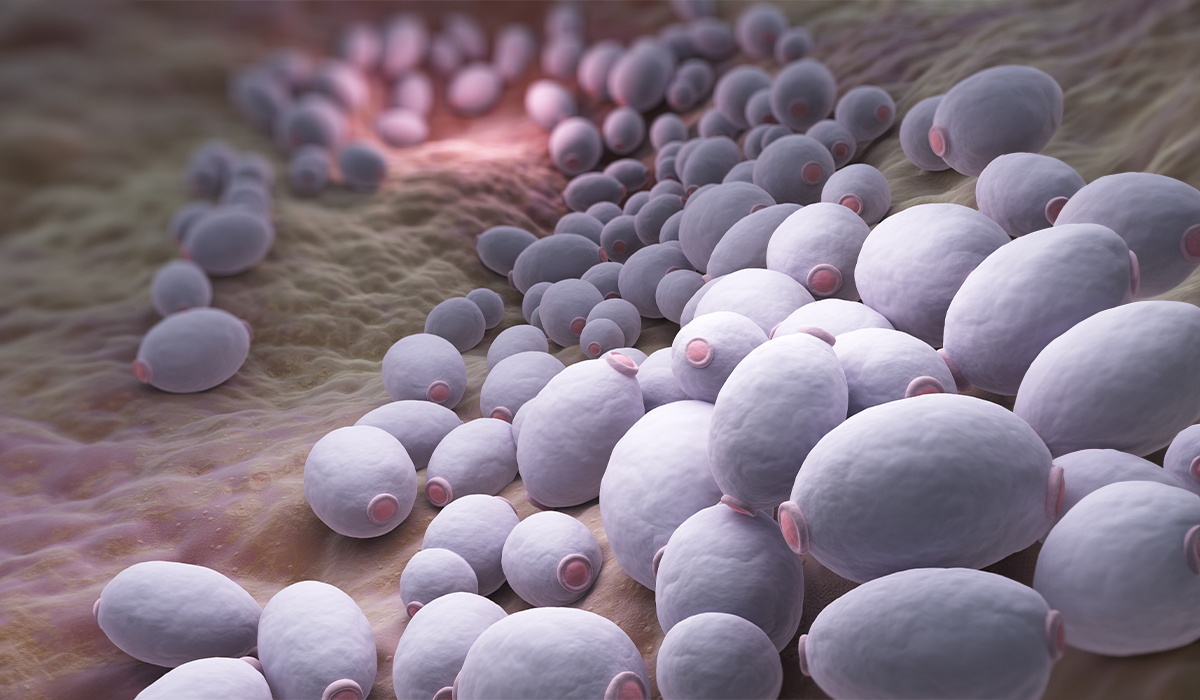
Candidiasis are common. It can affect different parts of the body. Find out more about yeast infection. Discover the best… read more »
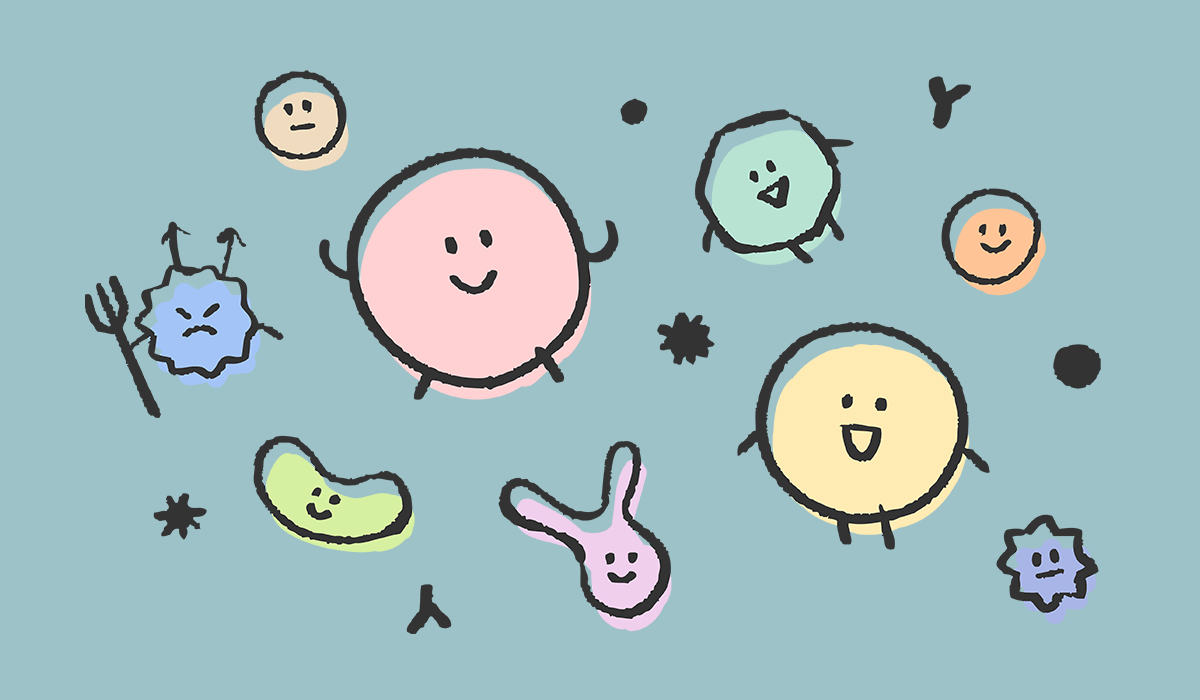
Pathogens are disease-causing germs. They can include bacteria, viruses, fungi, protozoa, and worms. How are they spreading? What diseases do… read more »
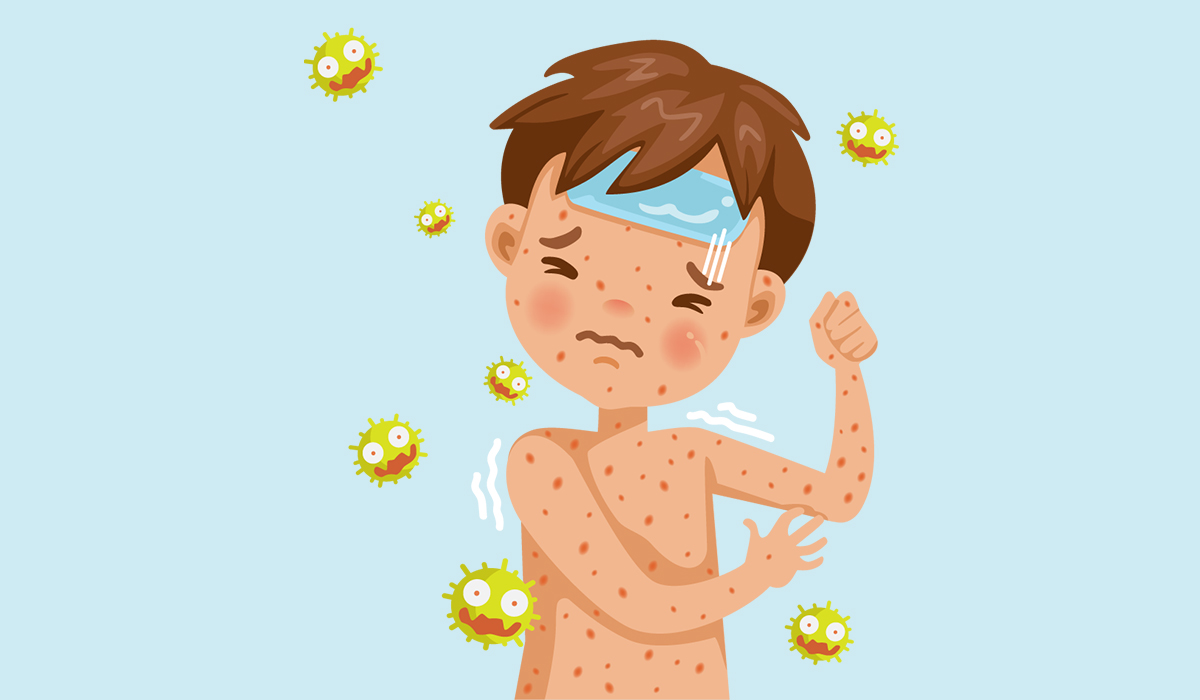
Rubella is an infectious disease caused by a specific type of virus. It is most commonly diagnosed in children. Find… read more »
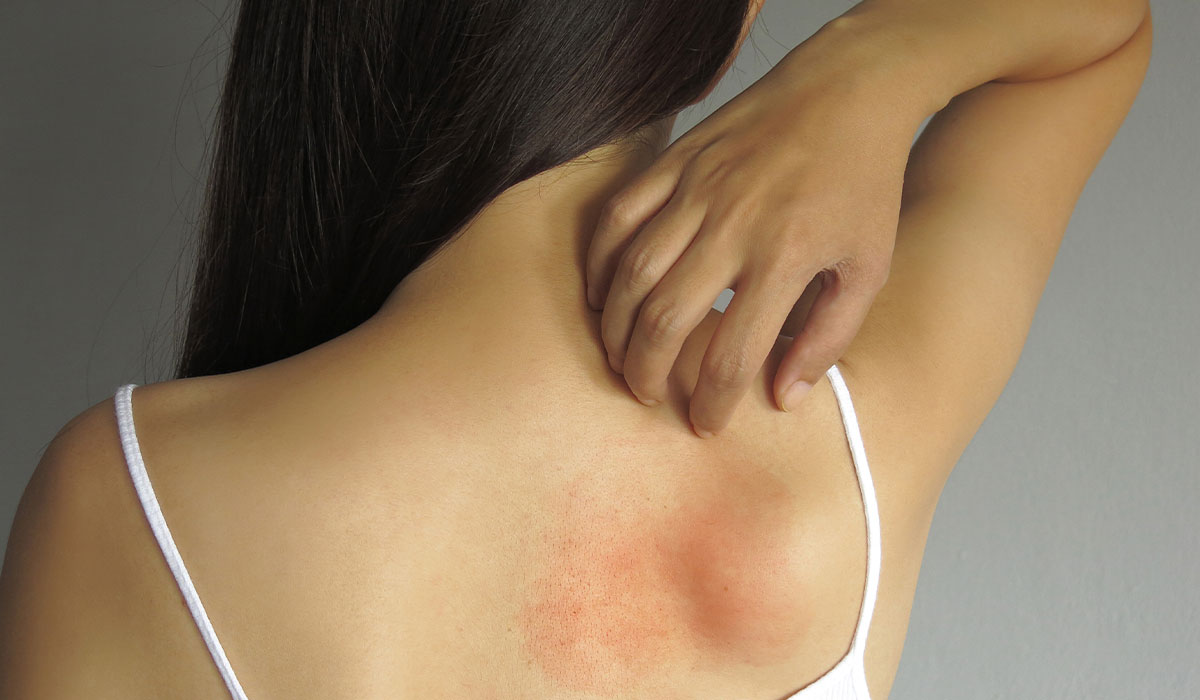
Heat rashes are skin lesions. They occur as a result of excessive sweating due to overheating of the body and… read more »
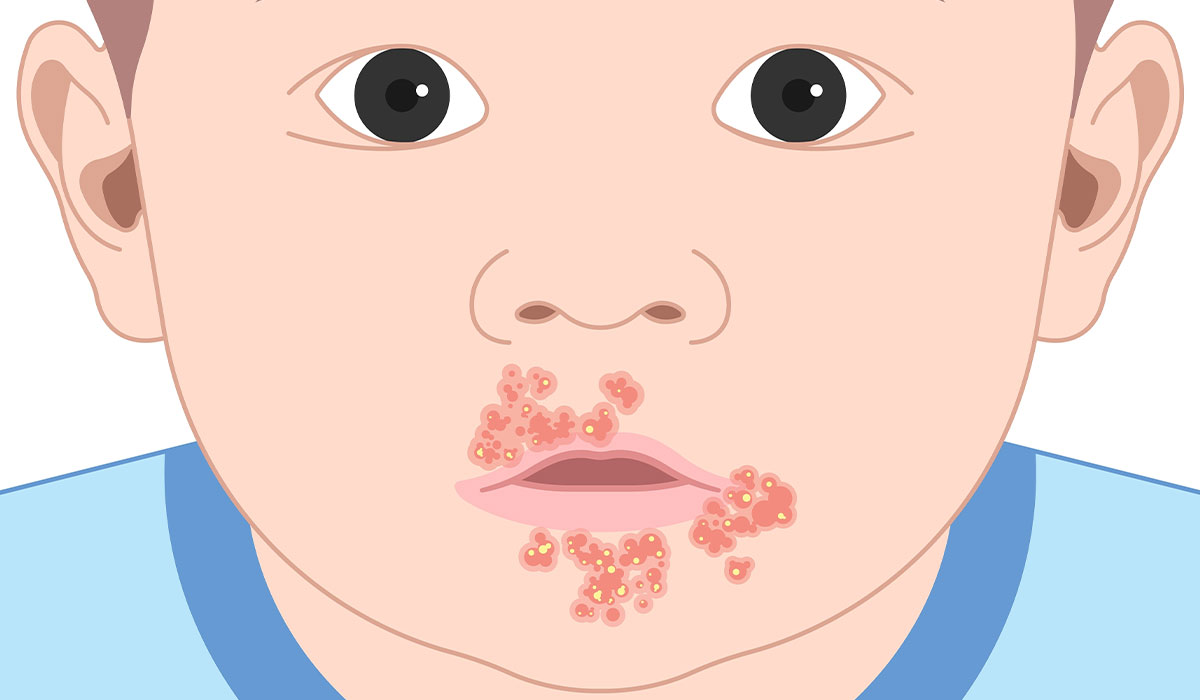
Impetigo is a common skin disease affecting infants and young children. It's highly contagious but rarely causes severe symptoms or… read more »